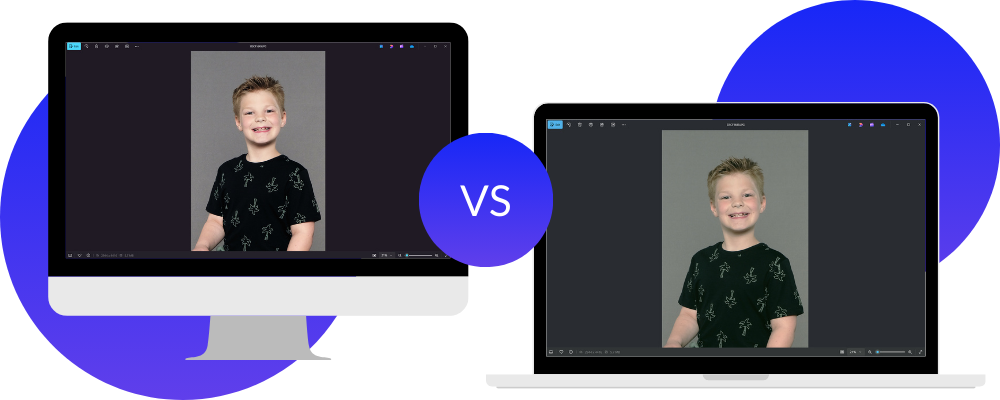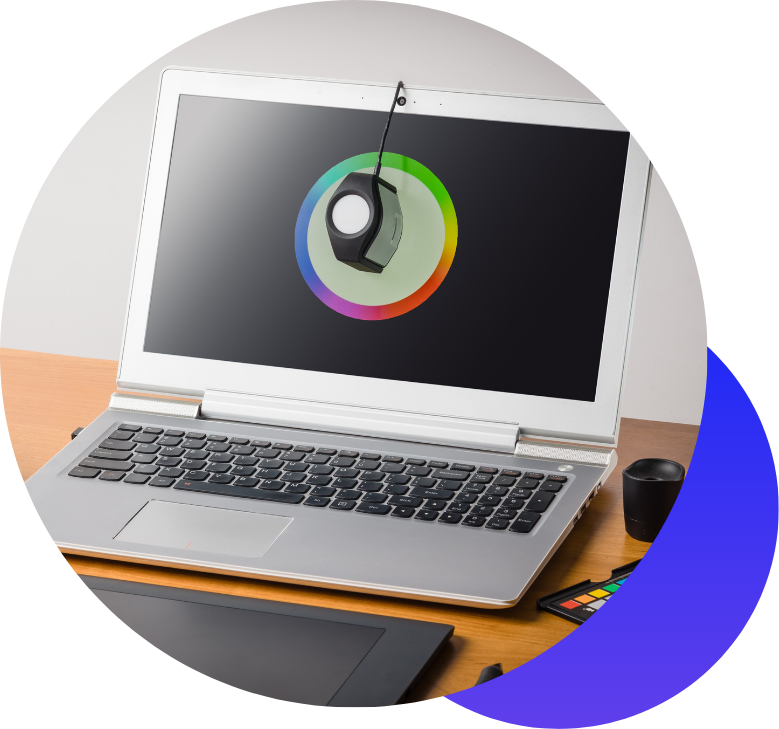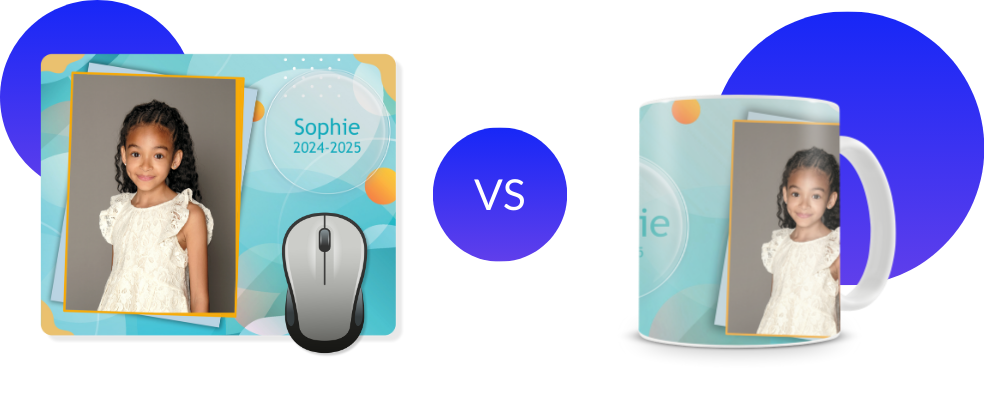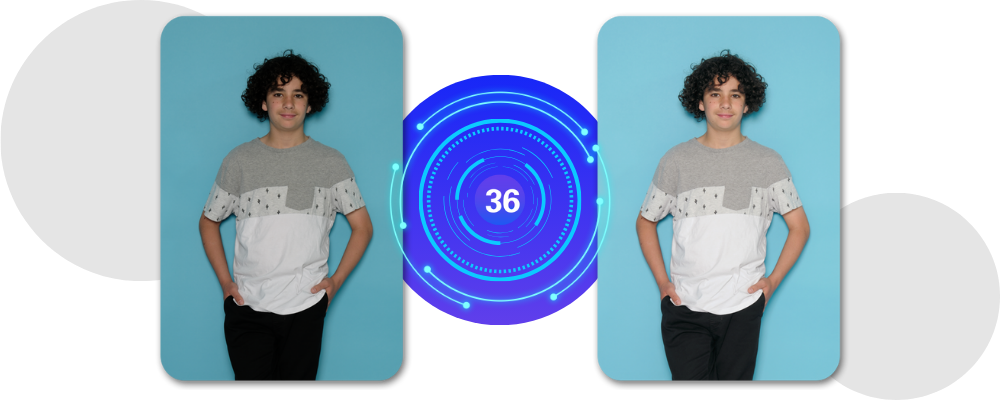Understanding the Subjectivity of Color Correction

SPAC 2024 Highlights
February 1, 2024
SPAC 2025 Recap
February 12, 2025Understanding the Subjectivity of Color Correction
Color correction is more than just a technical adjustment—it's an art form. In high-volume school and sports photography, ensuring that every image looks natural and appealing is a crucial part of delivering top-quality results. Yet, we’ve all been in situations where an image looks perfect on one screen and completely off on another. This happens far more often than people realize, and it’s why professional color correction matters.
WHY EVERYONE SEES COLOR DIFFERENTLY
One of the most fascinating aspects of color is that no two people perceive it in exactly the same way. Lighting, mood, and even the time of day can affect how a person interprets colors. Add in the fact that the screen you're looking at can drastically change the appearance of an image, and it becomes clear why color correction is such a vital process.

When you consider the vast variety of screens in use—everything from high-end monitors to older phones—it's no wonder that colors might seem "off" to some viewers. We’ve encountered many cases where a client has concerns about the color correction on their images, only for us to realize that they’re viewing them on a poorly calibrated monitor, with fluorescent lights overhead, in less-than-ideal settings.
THE IMPACT OF DIFFERENT PRINT MEDIUMS
The differences don’t stop at screens. Printed materials like paper, canvas, or even fabric have their own way of presenting colors. For example, the same image printed on glossy photo paper might appear more vibrant than one printed on canvas, where the texture can slightly mute the colors. This variation is completely normal, but it’s important to keep these differences in mind when validating color-corrected images.
 THE IMPORTANCE OF MONITOR AND PRINTER CALIBRATION
THE IMPORTANCE OF MONITOR AND PRINTER CALIBRATION
To ensure that you're accurately judging color correction, it’s crucial to regularly calibrate your monitor. A well-calibrated monitor provides a more accurate representation of your images, helping you avoid discrepancies between what you see on screen and the final print. Additionally, it’s important to keep the color profiles of your printers updated. Printers such as the HP Indigo rely on precise color profiles to achieve the correct hues, and periodic adjustments may be necessary to maintain color accuracy.
HOW WE ENSURE ACCURACY IN COLOR CORRECTION
At 36Pix, we leverage advanced AI algorithms to ensure color consistency and accuracy across all images and poses. Our automated color correction works quickly and precisely, analyzing each image to make adjustments that a human eye might miss.
We’ve seen firsthand how quickly color discrepancies can arise, and we’re here to help studios and labs prevent this common issue. If you’re tired of struggling with color shifts and inconsistent quality, we’ve got you covered.
READY TO LEVEL UP YOUR COLOR GAME?
Whether you’re printing school portraits, sports team photos, or yearbooks, accurate color correction is a must for delivering professional results. Contact us today to learn how our color correction services can improve your workflow and keep your clients happy.




